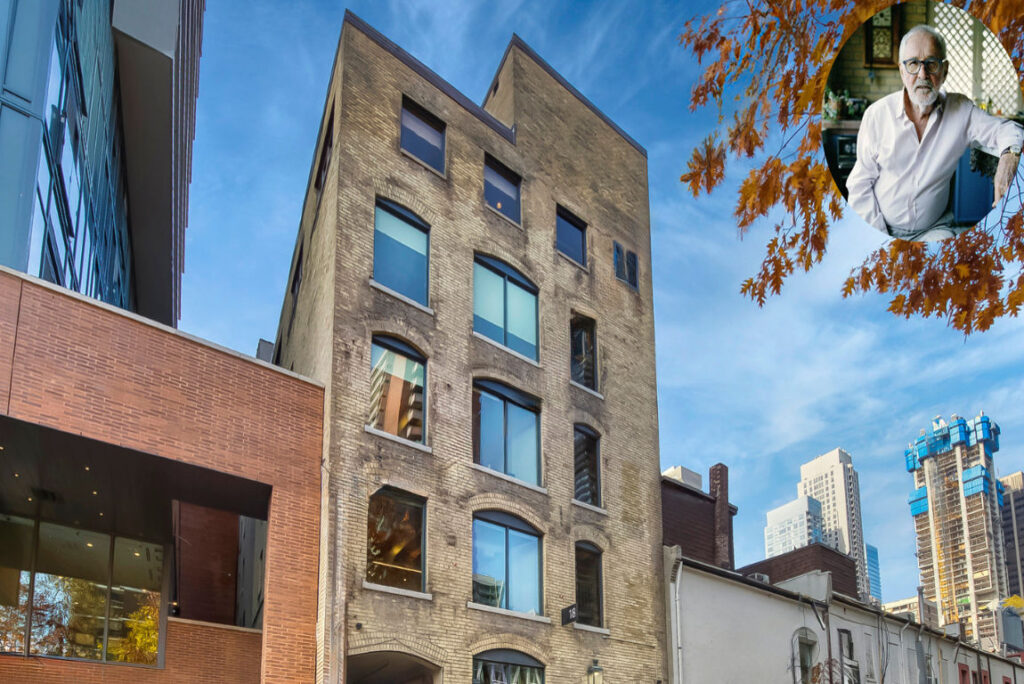Norman Jewison is a name that resonates deeply within the world of cinema and Canadian culture. As a legendary filmmaker, Jewison has left an indelible mark on the global film industry with masterpieces like In the Heat of the Night, Fiddler on the Roof, and Moonstruck. But beyond his cinematic achievements, Jewison’s personal spaces—his Toronto creative hub and his serene Caledon farm—offer a glimpse into the man behind the camera.
These homes are more than just buildings; they are reflections of Jewison’s creative spirit and his deep connection to Canada.
Who Was Norman Jewison?
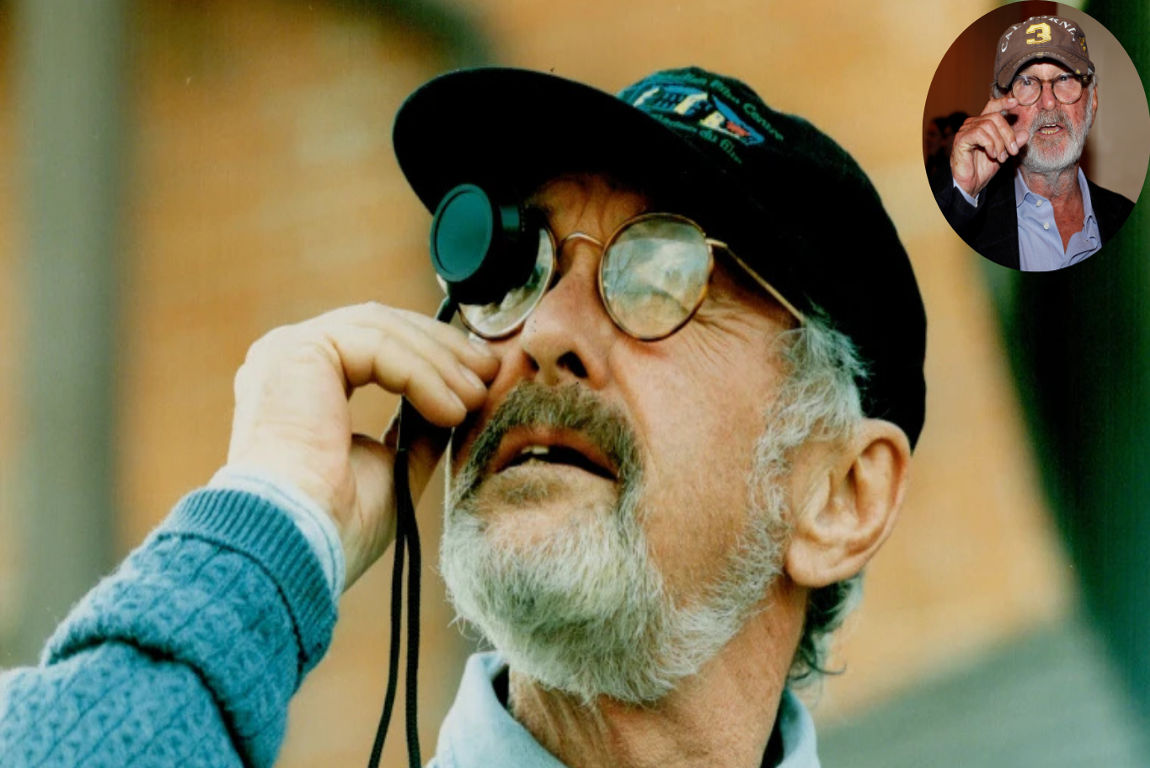
Norman Jewison is one of Canada’s most celebrated filmmakers, known for his ability to craft stories that resonate across cultures and generations. Born in Toronto in 1926, Jewison grew up in a modest household, where his love for storytelling and the arts began to take shape. After serving in the Royal Canadian Navy during World War II, he pursued his passion for film and television, eventually becoming a household name in Hollywood.
Career Highlights and Legacy
Jewison’s career spans decades, with a portfolio of films that have garnered critical acclaim and numerous awards. His works often tackle social issues, blending entertainment with thought-provoking narratives. Films like In the Heat of the Night addressed racial tensions in America, while Fiddler on the Roof celebrated cultural traditions and resilience. Jewison’s ability to balance artistry with commercial success cemented his reputation as a visionary director.
Despite his international acclaim, Jewison remained deeply connected to his Canadian roots. This connection is evident in his homes, which reflect his love for heritage, craftsmanship, and the natural beauty of Canada.
The Norman Jewison House in Toronto: A Creative Landmark
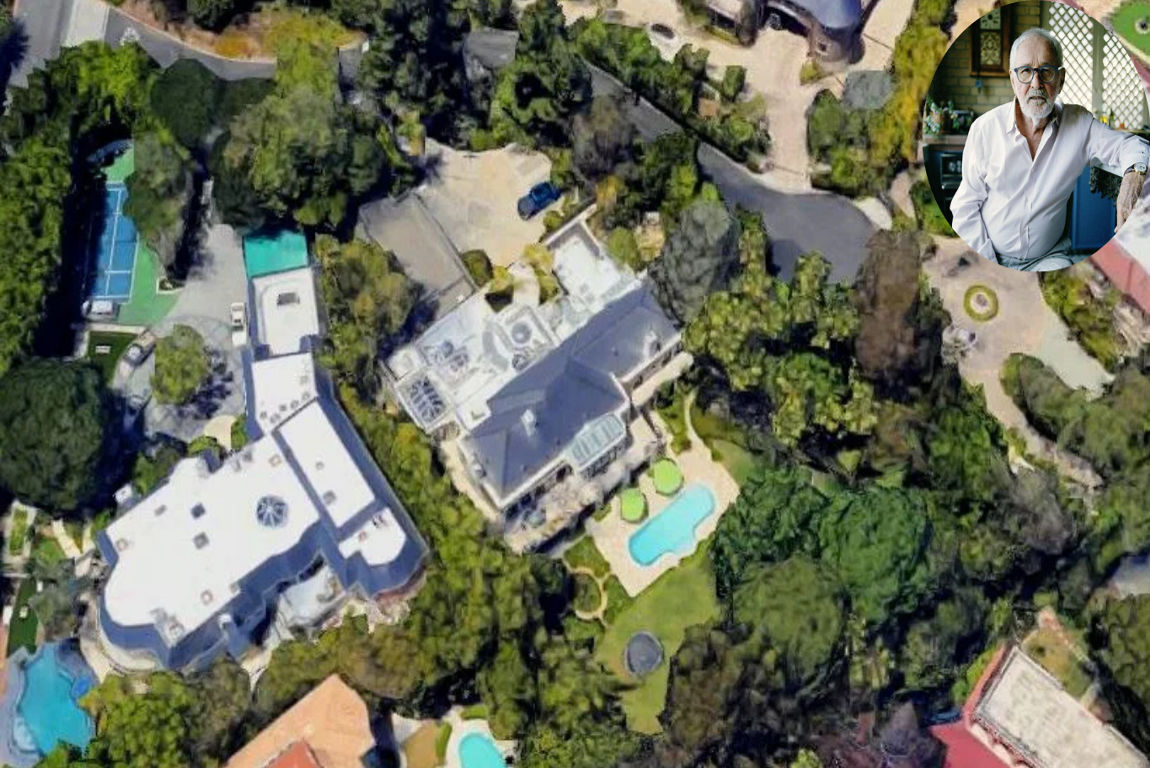
History and Location
You may also read (inside jennifer tillys house).
Nestled in the heart of Toronto, the Norman Jewison house at 18 Gloucester Lane is a testament to the city’s rich architectural and cultural history. Built-in 1912, this five-story buff brick building is located in the Historic Yonge Street Heritage Conservation District. Jewison owned and used this property for over four decades, transforming it into a hub of creativity and cinematic innovation.
Architectural Features
The house itself is a masterpiece of design, blending old-world charm with modern functionality. Its arched windows, exposed brick walls, and expansive industrial proportions give it a unique character. The building’s heritage features have been carefully preserved, while thoughtful updates ensure it meets contemporary standards.
One of the most striking aspects of the house is its private fifth-floor penthouse. This space exudes vintage warmth, with custom millwork, large windows that flood the rooms with natural light, and a herringbone brick fireplace that serves as a focal point. The tranquil primary suite offers a peaceful retreat, while the views of Norman Jewison Park add to the home’s charm.
The Creative Space
For Jewison, this house was more than just a residence—it was a creative sanctuary. Many of his iconic films were developed, produced, and edited within these walls. The house served as a hub for collaboration, where ideas flowed freely, and cinematic magic was born. Its design reflects this purpose, with spaces that inspire creativity and foster a sense of community.
Current Status and Market Value
In recent years, the Norman Jewison house has garnered attention for its historical and cultural significance. The property was listed for sale at $7.9 million, highlighting its potential as a boutique investment, private family office, design studio, gallery, or integrated live/work residence. With annual municipal taxes reflecting its prime location and heritage status, the house remains a valuable piece of Toronto’s architectural landscape.
Cultural and Cinematic Significance
The Norman Jewison house is more than just a building; it’s a symbol of Toronto’s creative spirit. As an “engine of cinematic output,” it bridges the gap between Hollywood glamour and Canadian sensibilities. Its role in the city’s creative community and its status as a local landmark make it a cherished part of Toronto’s cultural fabric.
Norman Jewison’s Caledon Farm: A Personal Retreat
Origins and Name
In 1978, Jewison purchased a 200-acre property near Caledon East, Ontario, naming it Putney Heath Farms after a neighborhood in London. This farm became his personal retreat, a place where he could escape the demands of Hollywood and reconnect with his Canadian roots.
You may also read (what makes ben afflecks house so unique).
Life on the Farm
Jewison’s passion for farming was evident in his dedication to raising prize-winning polled Herefords and producing maple syrup. The farm was not just a hobby; it was a way of life. For Jewison, it represented peace, beauty, and a return to simpler times.
Architectural and Natural Features
The farm’s landscape is a harmonious blend of rustic charm and functional design. Rolling hills, lush forests, and well-maintained buildings create an idyllic setting. The property’s architecture reflects Jewison’s appreciation for craftsmanship and his desire to create a space that is both beautiful and practical.
Influence on Jewison’s Life and Work
Putney Heath Farms was more than just a retreat; it was a source of inspiration. Jewison often spoke about how the farm grounded him and provided clarity for his creative endeavors. In his own words, “This is where I’ll be for the rest of my life. I love Caledon. Everything I was looking for turned out to be right here.”
Community and Recognition
Jewison’s connection to Caledon extended beyond his farm. He was actively involved in the local community and was the first inductee into Caledon’s Walk of Fame. His contributions to the area are celebrated to this day, making him a beloved figure in the region.
The Norman Jewison House as a Reflection of the Man
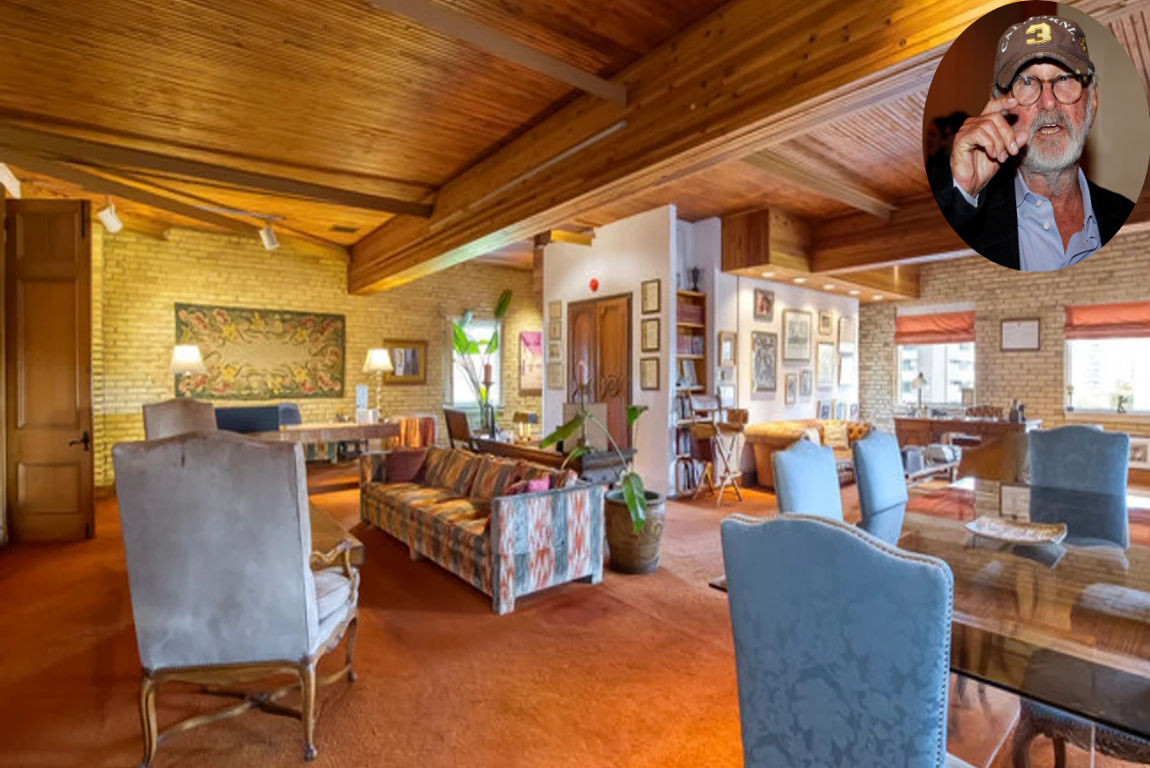
Artistic Vision and Personal Values
Both of Jewison’s homes reflect his artistic vision and personal values. The Toronto house embodies his commitment to creativity and collaboration, while the Caledon farm represents his love for nature and a simpler lifestyle. Together, they paint a picture of a man who valued heritage, craftsmanship, and the power of place.
The Importance of Place for Creativity
For Jewison, the environment played a crucial role in his work. His homes were sanctuaries where he could find inspiration and recharge. They were spaces that nurtured his creativity and allowed him to produce some of the most memorable films in cinematic history.
Lasting Legacy
The legacy of the Norman Jewison house extends beyond its walls. These homes continue to inspire filmmakers, architects, and admirers, serving as reminders of the intersection between creativity, heritage, and place.
Visiting and Experiencing the Norman Jewison House
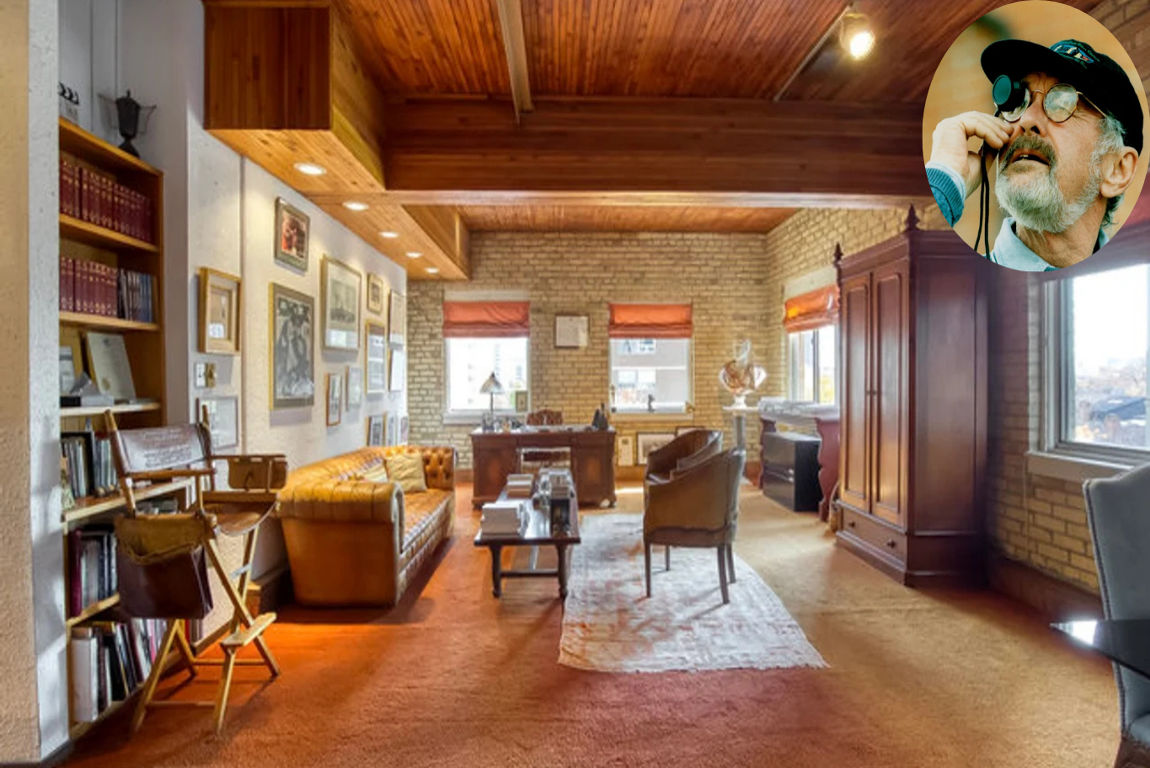
Toronto: 18 Gloucester Lane
While the Norman Jewison house in Toronto is a private property, its story is celebrated in the city’s architectural tours and film heritage routes. Visitors can admire its exterior and learn about its significance as a creative landmark.
Caledon: Putney Heath Farms
Although Putney Heath Farms is a private residence, its legacy is woven into the fabric of Caledon’s history. The surrounding landscape and community offer a glimpse into the environment that shaped Jewison’s life and work.
Norman Jewison’s Broader Architectural and Cultural Impact
Contributions Beyond Film
Jewison’s impact extends beyond his films. As the founder of the Canadian Film Centre, he has nurtured countless filmmakers and advocated for the preservation of heritage properties and creative spaces.
Comparisons to Other Iconic Creative Homes
Like the homes of other legendary artists, the Norman Jewison house stands as a cultural touchstone. What sets it apart is its seamless blend of Hollywood glamour and Canadian charm.
You may also read (inside trisha paytas dream home a virtual tour).
